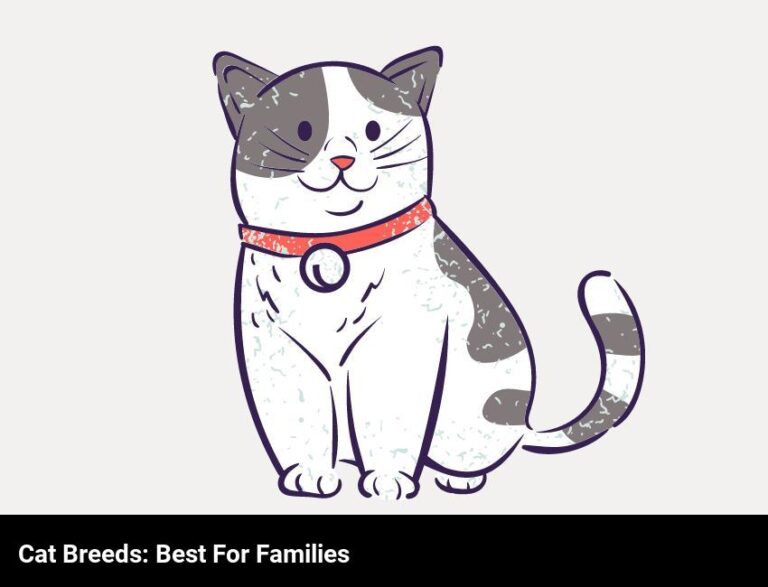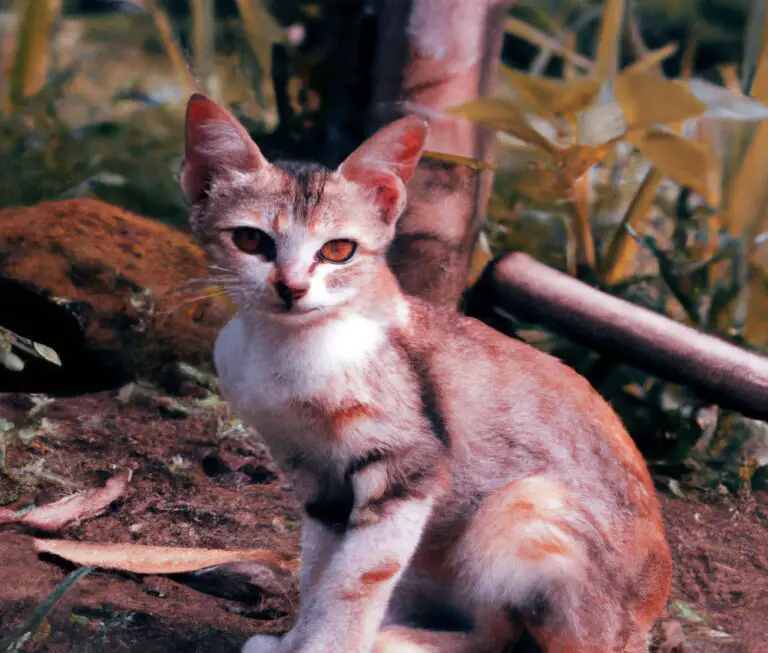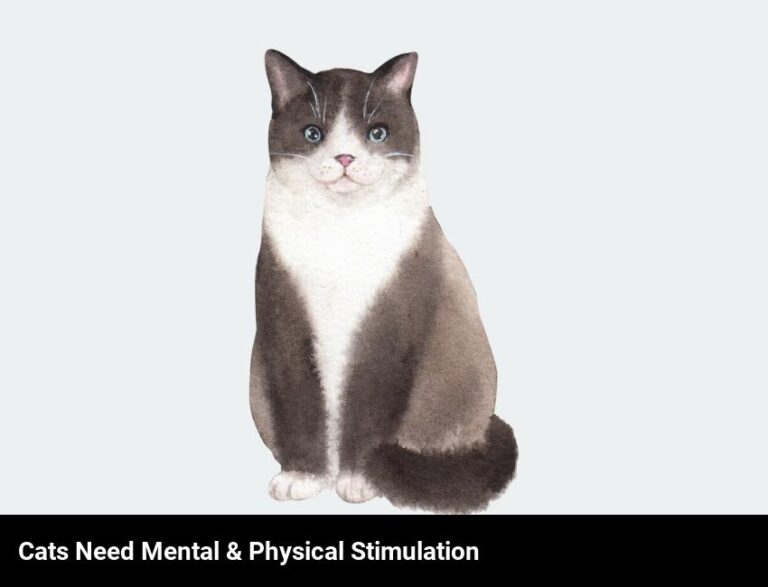Why Is My Cat Obsessed With Hats?
Key Takeaways:
- Cats are attracted to hats because they provide a source of stimulation and entertainment.
- The texture and shape of hats can mimic natural prey, triggering a cat’s hunting instincts.
- Some cats may find the scent of different materials used in hats intriguing, leading to their fascination.
- For some cats, wearing a hat can provide a sense of security and comfort, similar to a cozy hiding spot.
Have you ever wondered why your furry feline friend goes bonkers for hats? It’s a peculiar obsession, isn’t it?
Well, fear not, because I’m here to shed some light on this puzzling behavior and offer some insights into your cat’s hat-infused antics.
As a self-proclaimed feline aficionado, I’ve spent countless hours observing and unraveling the mysteries of our curious companions. From their inquisitive nature to their unique communication methods, cats are fascinating creatures.
So, join me as we dive deep into the psychology behind their hat infatuation and discover the potential reasons for their unwavering attraction.
Plus, I’ll share some tips on creating a safe and stimulating environment for both your furry friend and their beloved headgear. Ready to unlock the secrets of your cat’s love affair with hats?
Let’s get started!
| Reason | Explanation |
| Curiosity | Cats are naturally curious creatures and are attracted to new and unfamiliar objects, such as hats. |
| Playfulness | Cats often see hats as a fun toy to bat around, pounce on, or hide inside. |
| Comfort | Hats may provide a cozy and comfortable sleeping spot for cats, especially if they have a soft lining or are placed in a warm spot. |
| Scent | Hats may carry the scent of their owners, which can provide a sense of security and familiarity for cats. |
| Attention-seeking | Cats may wear hats or interact with them to get the attention and praise of their owners. |
Understanding Cats’ Behavior
Understanding Cats’ Behavior helps you make sense of why your feline friend does what they do.
The Curious Nature of Cats
Cats have a curious nature that drives them to explore and investigate their surroundings. They are known for their inquisitive behavior, often poking their noses into every nook and cranny.
This curiosity allows them to discover new things, stimuli, and experiences, which can be entertaining for them and for us.
It’s important to provide them with safe objects and environments to explore, as well as mental stimulation through interactive toys and playtime. Understanding and embracing their curiosity will help foster a happy and healthy relationship with your feline friend.
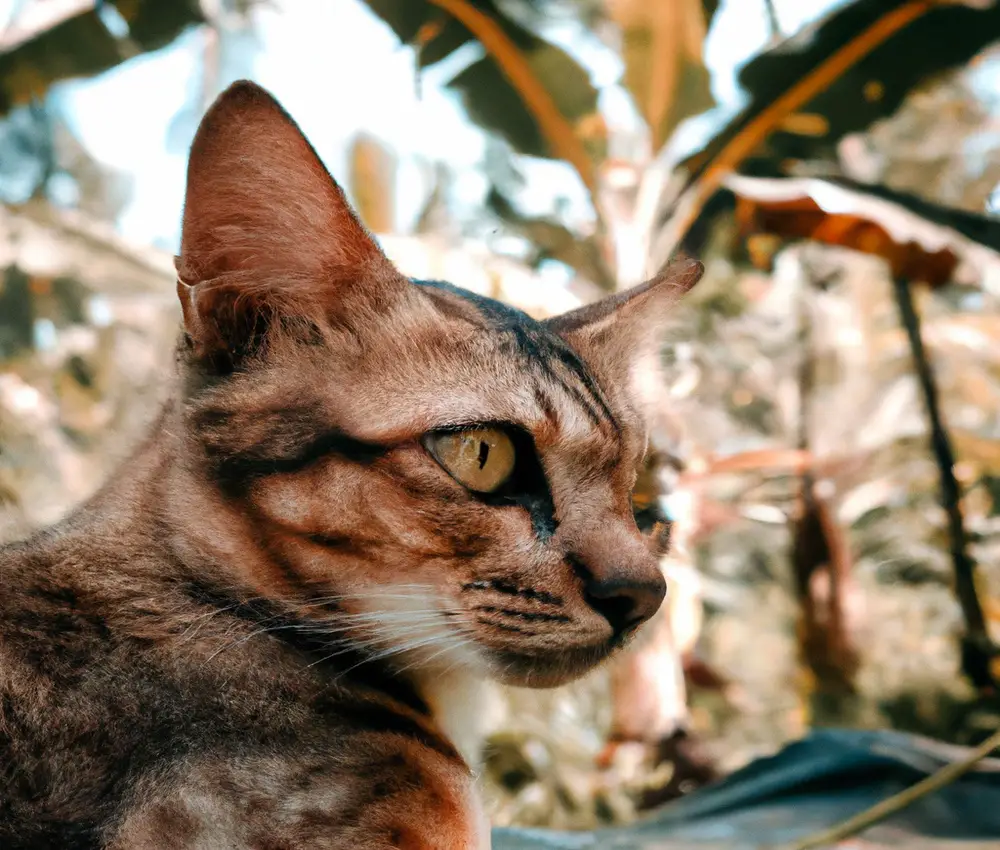
How Cats Communicate
Cats communicate using a combination of vocalizations, body language, and scent.
Here’s how they do it:
- Meowing: Cats use different types of meows to express their needs or get attention.
- Body language: Tail movements, ear position, and posture can indicate whether a cat is relaxed, scared, or ready to play.
- Purring: Cats purr when they’re content, but it can also be a sign of stress or pain.
- Hissing and growling: These sounds show that a cat feels threatened and wants to be left alone.
- Scent marking: Cats leave their scent through rubbing or scratching to mark their territory.
Understanding these communication cues will help you better connect with your feline friend!
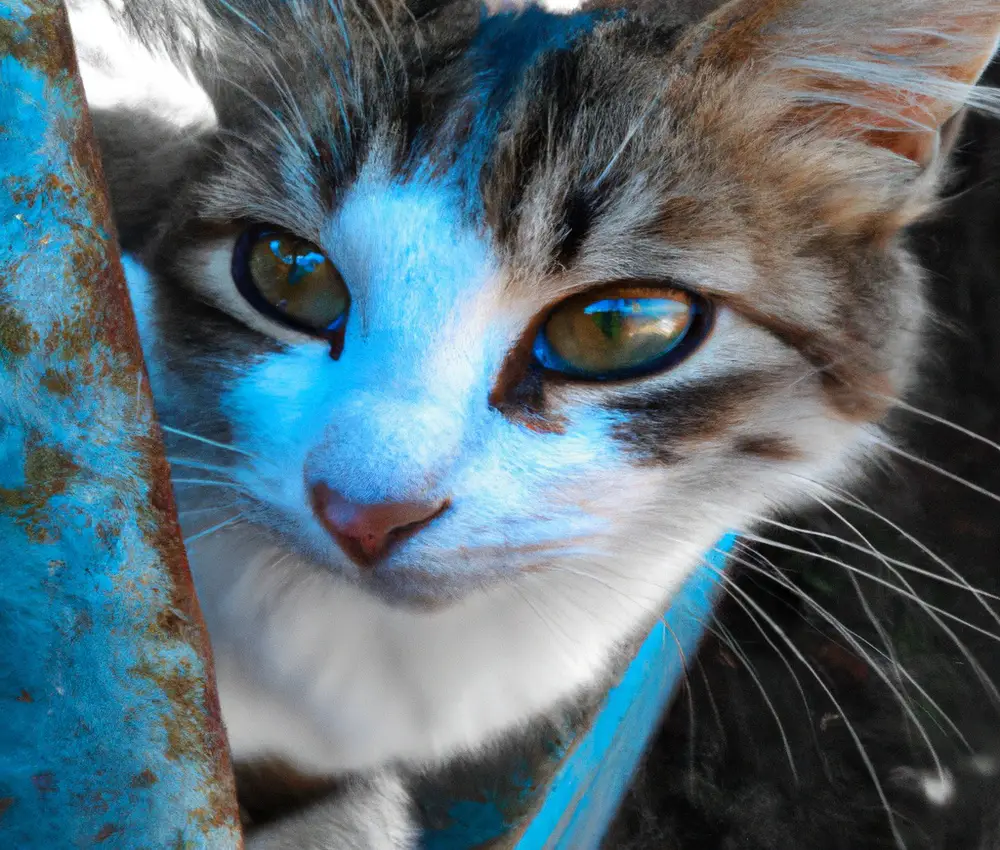
Cats and Their Fascination with Objects
Cats have a natural fascination with objects.
It’s not uncommon to find them pouncing on balls, chasing laser pointers, or even obsessing over hats.
This behavior is due to their predatory instincts and their curiosity.
Objects provide mental and physical stimulation for cats, helping to mimic hunting behaviors and keep them entertained.
It’s important to provide safe and appropriate objects for your cat to play with to satisfy their need for exploration and engagement.
Always monitor their playtime to ensure they don’t swallow small or dangerous items.
The Psychology Behind Cats’ Obsession with Hats
Cats are drawn to hats because they tap into their hunting instincts and offer an opportunity for play.
Exploring Cats’ Hunting Instincts
Cats’ hunting instincts are deeply rooted in their DNA. They have an innate drive to stalk, chase, and capture prey.
This behavior is often seen in their playtime activities, such as pouncing on toys or chasing laser pointers.
Hunting helps cats exercise their natural instincts and provides mental stimulation. Their sharp senses and agile bodies allow them to excel in this behavior.
So, don’t be surprised if your cat shows a strong interest in chasing objects or stalking birds outside the window—it’s their instinct at work.
Cats and their Love for Play
Cats have a natural love for play.
Playing is not just a way to expend energy for them; it also provides mental stimulation and helps them develop their hunting skills.
Some common play behaviors include chasing and pouncing on toys, batting at objects, and engaging in interactive play sessions with their owners.
Providing a variety of toys and engaging with your cat in play sessions can help keep them entertained and happy.
Additionally, playtime can strengthen the bond between you and your feline friend.
The Potential Reasons for a Cat’s Obsession with Hats
There are several potential reasons why your cat may be obsessed with hats.
Associating Hats with Hideouts or Safe Spaces
Associating hats with hideouts or safe spaces is a common behavior in cats.
They may see hats as a cozy spot to curl up in or a sheltered space to feel protected.
Cats have an innate tendency to seek out enclosed areas for security, and a hat can serve as a substitute den.
This association may stem from their wild ancestors seeking refuge in small spaces.
So, if your cat is obsessed with hats, it’s likely because they find comfort and security in them.
Seeking Comfort and Security
Cats may be obsessed with hats because they seek comfort and security. Hats provide a small, enclosed space that can make them feel safe and cozy.
It’s a way for them to create their own little den-like space.
Additionally, hats might carry the smell of their owners, bringing a sense of familiarity and security. Cats naturally seek out places that offer them these feelings, and hats happen to fit the bill!
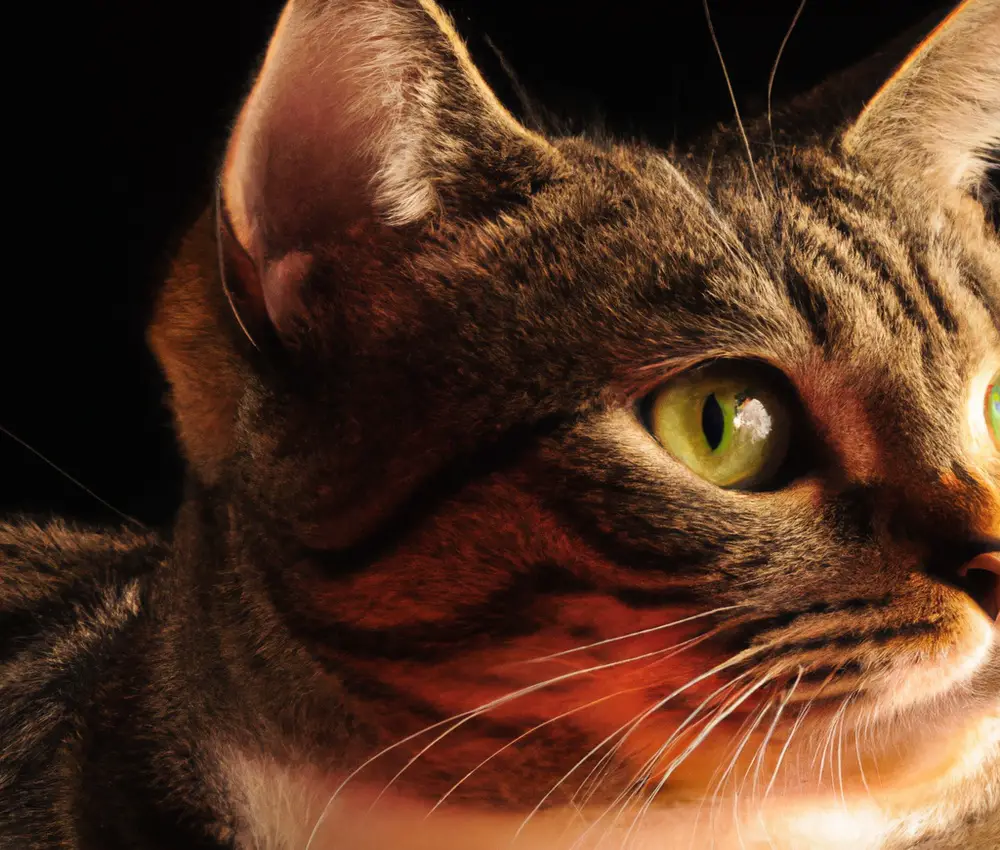
Attraction to the Texture and Smell of Hats
Cats are attracted to the texture and smell of hats. The different materials used to make hats, such as wool or faux fur, may feel interesting to your cat’s paws.
The scent of the fabric, along with any lingering smells from the person who wore the hat, can also be intriguing to your furry friend.
Additionally, hats may have a unique shape that cats find visually stimulating. These factors contribute to your cat’s curiosity and desire to investigate and play with hats.
Ensuring a Safe Environment for Cats and Hats
When it comes to ensuring a safe environment for your cat and hats, there are a few important factors to consider.
Safety Precautions for Cats and Hats
To ensure the safety of your cat and hats, here are a few precautions you can take:
- Keep hats out of your cat’s reach: Cats are naturally curious and may try to play with or chew on hats, which can pose a choking hazard or cause digestive issues.
- Store hats in a closed container: To prevent your cat from getting tangled in the hats or knocking them over, store them in a secure container or closet.
- Supervise hat-wearing activities: If you decide to put a hat on your cat for fun or a photo, make sure to closely supervise the interaction to prevent any accidents or discomfort.
- Avoid hats with small parts: If you purchase a hat specifically for your cat, ensure that it doesn’t have any small parts that your cat could chew off and swallow.
- Monitor your cat’s behavior: Keep an eye on your cat’s behavior when hats are present. If you notice signs of distress or chewing, remove the hats from the area to prevent any potential harm.
By taking these simple precautions, you can create a safe environment for both your cat and your hat collection.
Providing Alternative Toys and Distractions
If your cat is obsessed with hats, providing alternative toys and distractions can help redirect their attention and keep them entertained.
Here are some ideas:
- Interactive toys: engage your cat’s hunting instincts with toys that move or stimulate their senses, such as feather wands or puzzle toys with treats inside.
- Catnip toys: many cats go wild for catnip, so consider getting toys infused with this enticing herb to keep them occupied.
- Scratching posts: providing a designated scratching area will not only save your furniture but also keep your cat mentally and physically stimulated.
- DIY toys: get creative and make toys from household items like crumpled paper balls or empty toilet paper rolls that can provide endless hours of fun.
- Rotating toys: periodically rotate the toys you offer to keep them fresh and interesting for your cat.
Remember, every cat is unique, so pay attention to their preferences and adjust accordingly.
By providing alternative toys and distractions, you can help satisfy your cat’s natural instincts and reduce their obsession with hats.
Frequently Asked Questions
How can I redirect my cat’s attention from hats to toys?
If you want to redirect your cat’s attention from hats to toys, here are a few tips:
- Offer a variety of toys: Cats can be picky, so try different types of toys to see what captures their interest. Interactive toys with feathers or catnip can be especially enticing.
- Play with your cat: Spend quality time engaging in interactive play sessions using toys that they enjoy. This helps redirect their attention and provides a positive outlet for their energy.
- Use puzzle toys: Challenge your cat’s mind by using puzzle toys that dispense treats or engage their hunting instincts. This can divert their focus away from hats and onto the toys.
- Rotate toy selection: Keep a few toys hidden away and periodically rotate them. This helps maintain your cat’s interest and prevents boredom.
- Provide vertical spaces: Cats love to climb and explore. Give them access to vertical spaces like cat trees or shelves where they can play and observe their surroundings.
Remember, each cat is unique, so you may need to experiment with different strategies and toys to find what works best for your furry friend.
Final Verdict
Understanding our cats’ behavior is key to unraveling their obsession with hats.
Their curious nature and natural hunting instincts, combined with their love for play, provide insights into why hats become objects of fascination.
Cats may associate hats with hideouts or safe spaces, seek comfort and security, or be attracted to the texture and smell.
To ensure a safe environment, it’s important to take safety precautions and provide alternative toys and distractions.
Redirecting their attention and monitoring hat consumption can help mitigate any potential risks.
Ultimately, embracing our cats’ unique quirks and ensuring their well-being is essential for a harmonious relationship.


